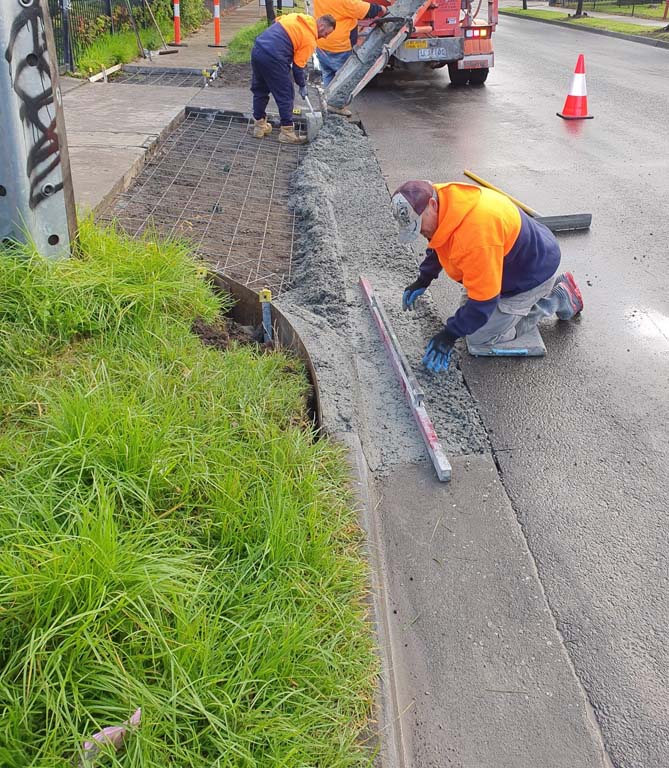Concrete Repair Works: How to Identify Damage and Choose the Right Solution
10 September 2024
Determine how to identify concrete damage and choose the right repair solutions. Know their common signs and maintenance tips for effective repair works.
Concrete Repair Works are essential for maintaining the structural integrity and longevity of concrete structures in Australia. Identifying damage early and selecting the appropriate repair solution can prevent costly repairs and ensure safety.
Identifying Concrete Damage
Concrete damage can manifest in several ways, each with its unique characteristics. Here are some common signs to look out for:
• Cracks: Cracks are one of the most obvious indicators of concrete damage. They can appear as fine hairline fractures or large, deep splits. Cracks can be caused by various factors, including thermal expansion, shrinkage, and heavy loads.
• Spalling: Spalling occurs when the surface layer of concrete peels or flakes away, revealing the rough and porous material underneath. This type of damage is often due to freeze-thaw cycles, corrosion of reinforcement bars, or the use of poor-quality concrete mix.
• Discolouration: Changes in the colour of concrete can indicate damage or deterioration. Discolouration can result from chemical reactions, water infiltration, or exposure to harsh environmental conditions.
• Scaling: Scaling is the gradual loss of the surface layer of concrete, typically due to freeze-thaw cycles or the application of de-icing salts. It often appears as a rough, pitted surface.
• Efflorescence: Efflorescence is the white, powdery residue that forms on the surface of concrete due to the migration of soluble salts. While not structurally damaging, it can indicate moisture problems within the concrete.
Choosing the Right Repair Solution
Once you’ve identified the type of damage, the next step is selecting the appropriate repair method. Here are some common repair solutions for different types of concrete damage:
• Crack Injection – For narrow cracks, crack injection with epoxy or polyurethane can effectively seal and reinforce the concrete. This method is suitable for both structural and non-structural cracks.
• Surface Patching – For minor surface damage such as spalling or scaling, surface patching with a suitable repair mortar can restore the appearance and integrity of the concrete. Ensure the patching material is compatible with the existing concrete.
• Overlay Systems – For extensive surface damage, overlay systems involve applying a new layer of concrete or polymer-modified material over the existing surface. This method provides a fresh, durable surface while addressing the underlying damage.
• Reinforcement Repair – When concrete damage is due to corrosion of reinforcement bars, it’s essential to address both the concrete and the reinforcement. This may involve removing the damaged concrete, treating the corroded bars, and applying a protective coating before repairing the concrete.
• Chemical Treatments – For issues like efflorescence or discolouration, chemical treatments such as water repellents, sealers, or cleaners can help mitigate the problem and prevent future occurrences.
For significant or complex repairs, it’s advisable to consult with a professional contractor with expertise in concrete repair works. Capital Industry Group have a team of highly skilled professionals with extensive experience. We use the latest techniques and materials to ensure long-lasting and effective concrete repair works. Remember, timely concrete repair is crucial for maintaining the safety and structural integrity of your property. Don’t ignore signs of damage, contact Capital Industry Group.
Optimized by: Netwizard SEO

